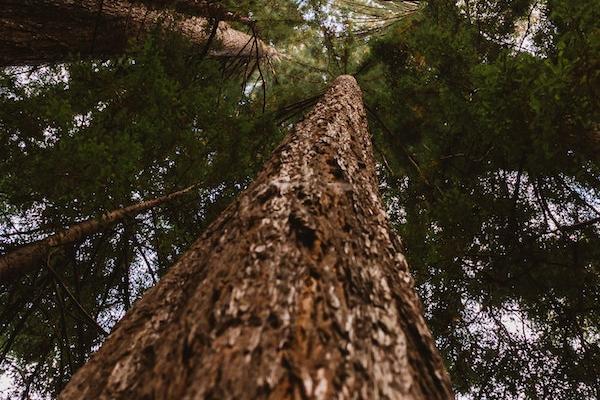The Effect of Carbon Fertilization on Naturally Regenerated and Planted Forests in the United States

Brent Sohngen, professor of environmental and resource economics in the Department of Agricultural, Environmental and Development Economics at The Ohio State University, co-authored a recent study published in the Journal Nature Communications titled The effect of carbon fertilization on naturally regenerated and planted US forests. The study concluded that elevated carbon dioxide has a strong and consistently positive impact on wood volume in temperate forests of the United States. In effect, trees are storing a massive amount of atmospheric carbon dioxide at a rate of 13% of gross emissions, which has led to an approximate extra tree ring compared to trees from 30 years ago; trees today are 20-30% bigger than they used to be. The study could help better understand the role of forests in national and international mitigations of greenhouse gases.
To learn more, visit the Ohio State News website for the article titled Climate change is turning the trees into gluttons.
